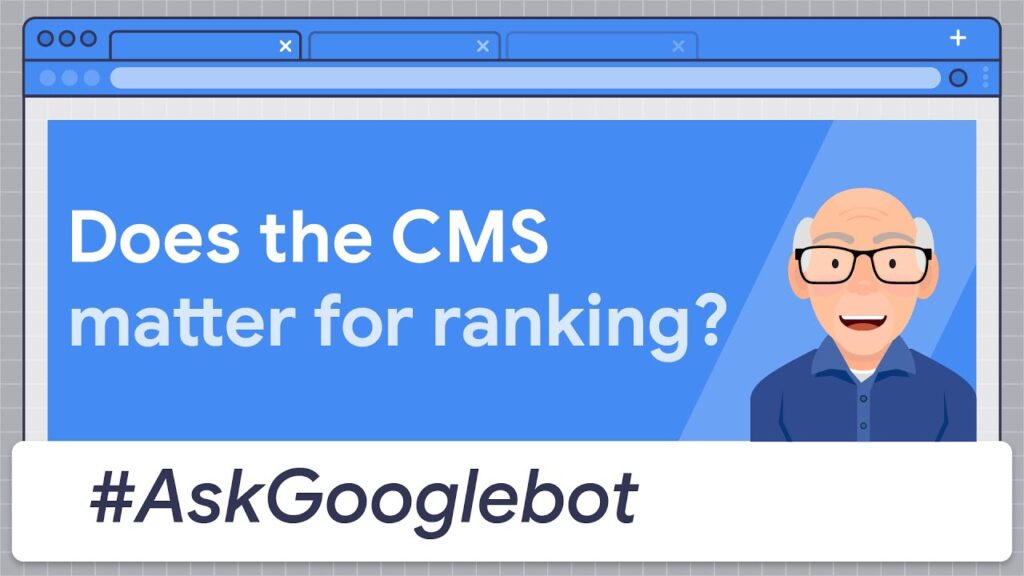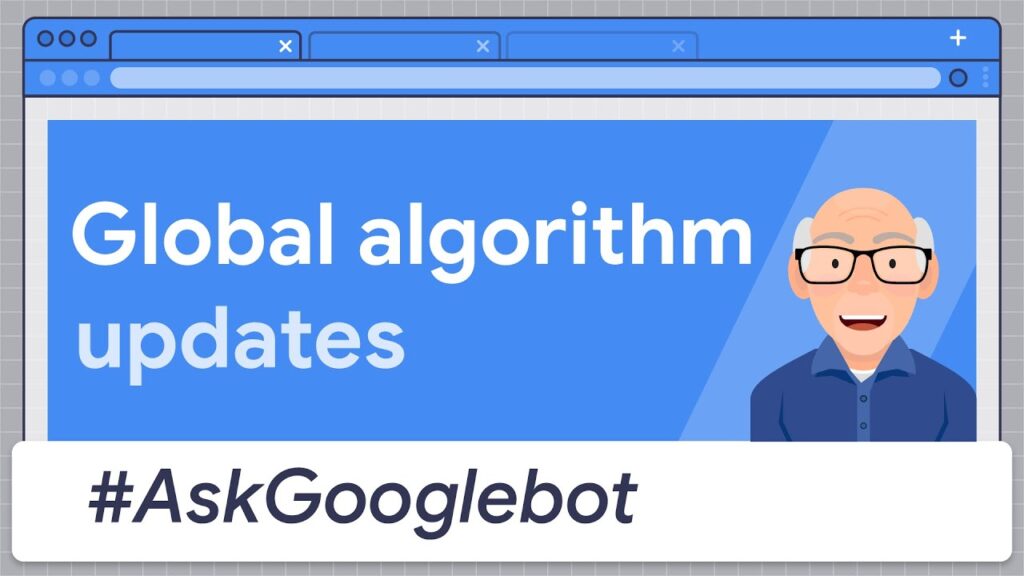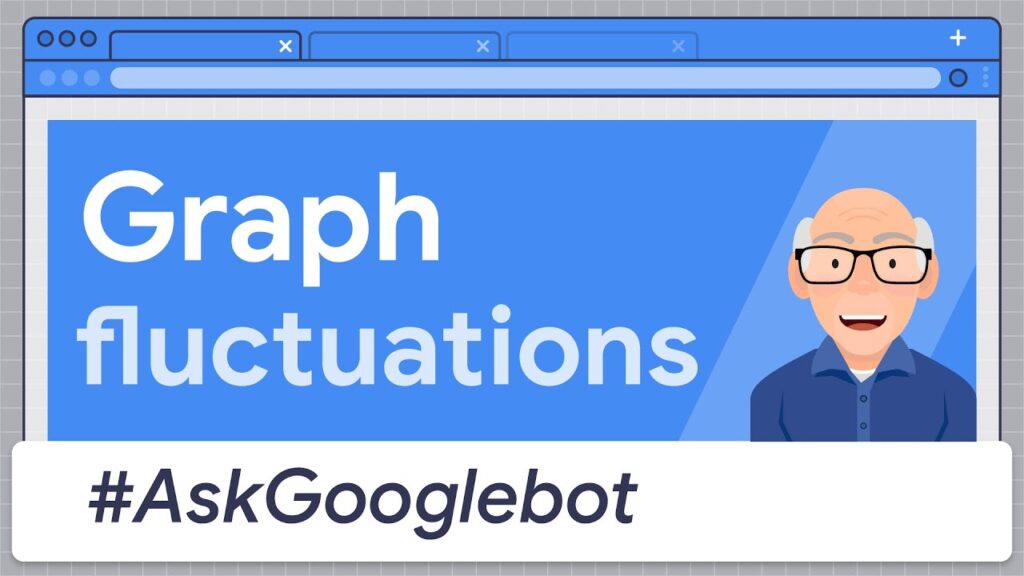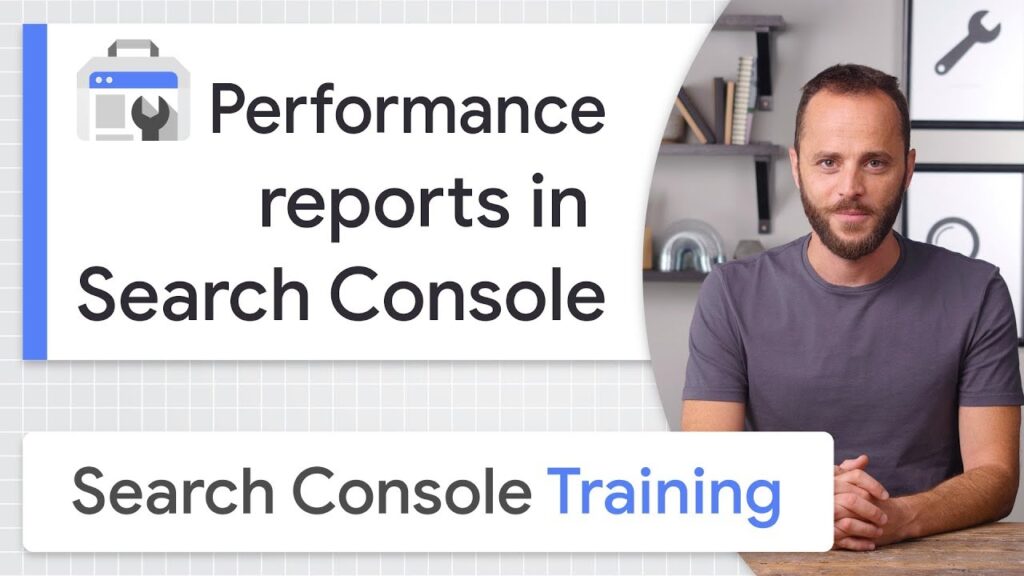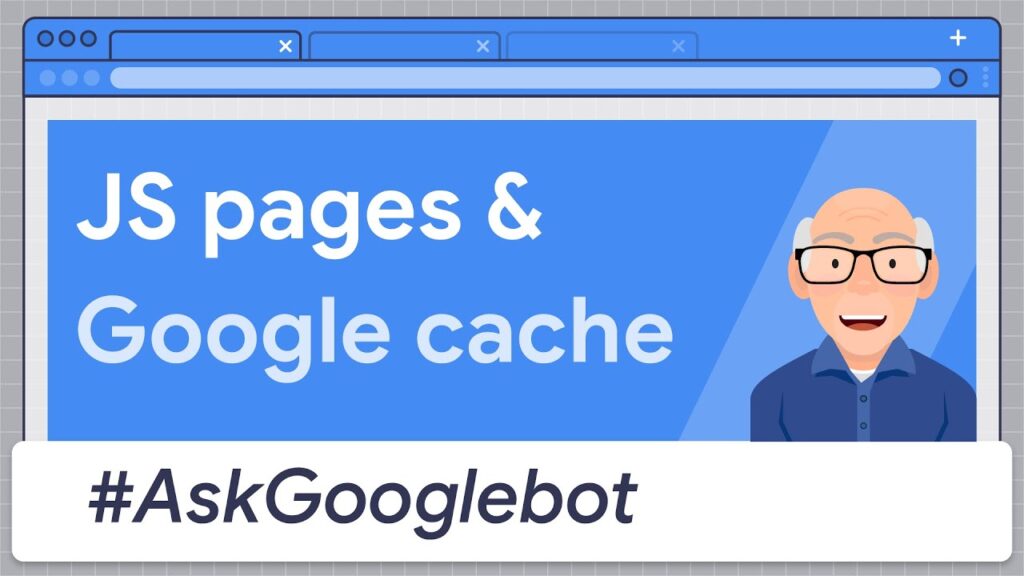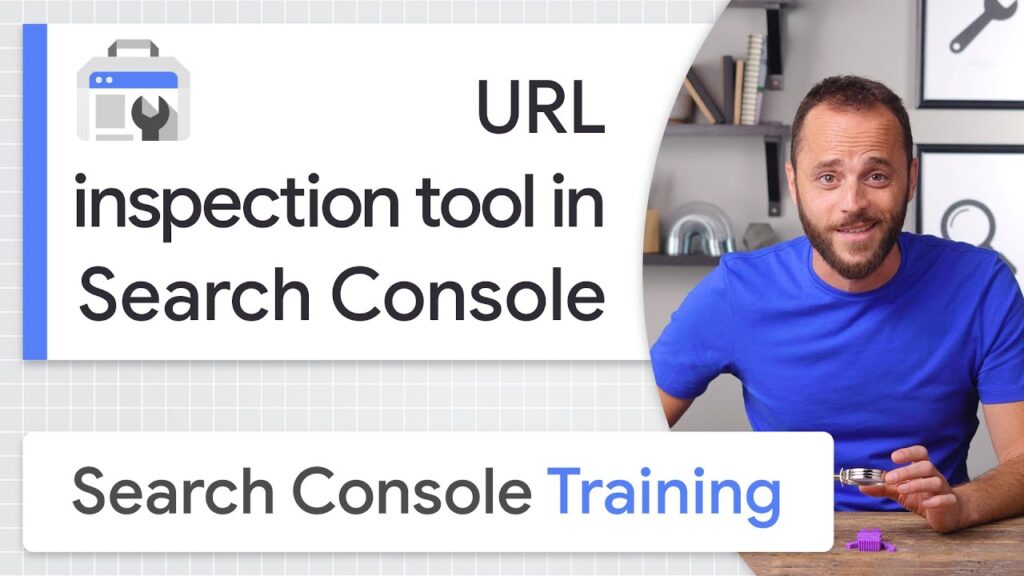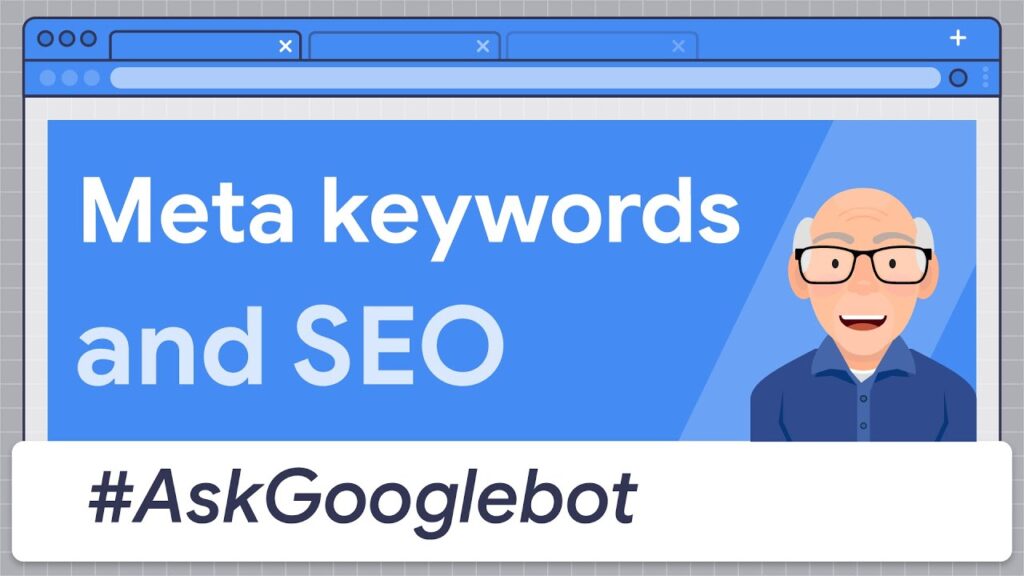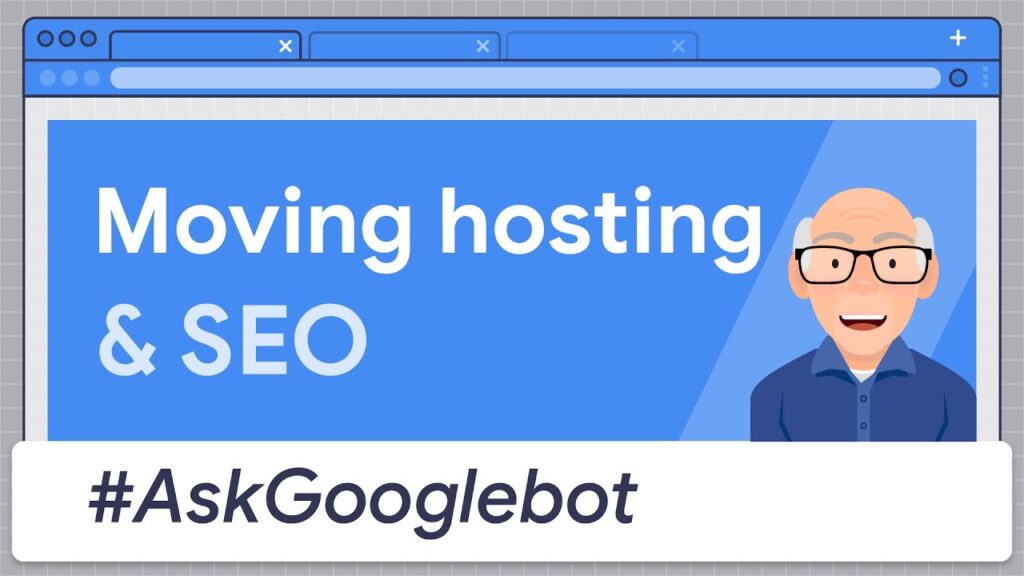What is anchor text in SEO?
How to optimize anchor text perfectly!
Anchor text refers to the clickable text in a hyperlink that takes users to a new URL destination on the Internet.
Treat anchor text differently for internal links and backlinks.
The intent of the anchor text is just as important as the keywords. If you want to start an argument in a room full of SEOs, mention the anchor text. People will start shouting about everything from ideal anchor ratios to over-optimization penalties. But most of this information is wrong.
Why is that?
Because anchor text has been around since the beginning of the Internet. Google has evolved significantly over the last 20 years, but SEO advice hasn’t kept pace with these changes.
I read several articles while writing this post, and none of them really came up with the solution.
In fact, some confused links with anchors, and a few came dangerously close to spreading SEO myths.
This is a big problem, because anchor text is a very important ranking factor for Google.
Bad advice not only wastes your time, it also impacts your organic search traffic and user experience.
But don’t worry.
I’ll help you separate fact from fiction.
Read on to find out what anchor text is and how to optimize it properly.
What is anchor text?
Anchor text is the clickable text of a hyperlink that leads users to a new URL on the Internet.
By default, the text is blue and underlined to distinguish it from ordinary text.
However, webmasters can customize the text style as they see fit.
SEO beginners often confuse anchors and links, as anchor text is the visible part of the HTML element.
However, this is only one part of the larger element.
As you can see in the html anchor text illustration below, the element contains two tags, an href attribute, a URL value and an anchor value.
You’re probably thinking that this all sounds pretty straightforward, so what’s the fuss?
In fact, if anchor text weren’t a ranking factor, that would be the end of my article.
But there’s a lot more to cover, including some pretty controversial opinions.
Why anchor text is important
Anchor text is an essential part of your SEO strategy as it affects your off-page and on-page SEO efforts, as well as the user experience.
I’ll go into more detail below.
Backlinks
Backlinks are one of the three main ranking factors in Google’s algorithm.
Links from high-quality domains help build credibility and authority far more than links from low-quality websites.
As a result, they will help you rank higher in the search engine results pages (SERPs).
However, links don’t just transmit authority signals.
They also convey essential information such as intent, context and relevance from one web page to another via anchor text.
This helps search engines understand the content of a page and its relationship to other pages in the link graph.
For example, imagine that a web page on content marketing links to your article on the different types of content marketing with this anchor.
This anchor text reinforces the thematic link between these two pages for search engines.
In most cases, you have no control over the anchor text of backlinks, which therefore tend to use more natural language.
However, if you’re actively building links on a large scale, be very careful how you use anchors to avoid arousing Google’s interest.
Be sure to read the best practices at the end of this article for specific advice on using anchor text.
Internal links
Internal links don’t add PageRank to your website the way backlinks do. However, they do shift existing authority on your site. As you may have guessed, internal links also harness the power of anchor text to help search engines understand the link between pages on your own website.
The advantage of internal links is that you control the anchor text.
This means you can vary the words each time you link to specific pages to maximize relevance and context.
For example, I frequently link to Koanthic’s blog post on SEO strategy using the following keywords:
- Creating a referencing strategy
- Create your SEO strategy
- How to develop an SEO strategy
- Effective SEO strategy
- Search engine optimization strategy
- SEO strategies include
- Referencing plan

User experience
User experience has been an integral part of SEO for several years, and this trend is set to continue.
Unfortunately, the industry continues to prioritize keyword matching and authority when building links, to the detriment of user experience.
I’m sure you’ve all received a pitch like this: “Can you link to our CMS service page where you mention “excellent customer service” in your article?”
Clearly, this is not the right choice.
From the intent of the anchor text, users would expect this link to point to a page describing excellent customer service.
Different types of anchor text
SEO professionals waste a lot of time sculpting their anchor text profiles to match some mythical percentage they’ve read online.
To be clear, there’s no such thing as an ideal, universal percentage of exact-match anchors, brands or generics, and so on.
Every industry is different.
Every keyword is different.
In some cases, it can be very difficult to use exact match keywords naturally in your sentences.
In other cases, it can be difficult to avoid.
It’s best to look at your competitors in the SERPs to understand what others are doing.
Before delving into best practices, I’m going to review the different types of anchors you need to know about.
I’ll start with the most keyword-rich and end with the least.
Exact match anchor text
Exact match anchor text corresponds precisely to the keyword for which you’ve optimized your page’s ranking.
Keyword-rich anchors like this one are incredibly powerful, but they’re also risky in certain situations.
It’s one of the most controversial topics in the SEO industry due to misinterpretation.
First of all, Google states that we should avoid stuffing anchors with keywords.
However, it also says that we should use short, descriptive anchors.
This may seem contradictory, but I think what Google means is that we shouldn’t include keywords in link text in an unnatural way.
Secondly, Google considers over-optimized anchor text to be manipulative, as it’s often unnatural and indicates that you may have built the links.
In fact, this is what Google’s 2012 Penguin update was specifically looking for.
Think about it for a moment.
Google doesn’t consider anchor text exactly matching keywords to be manipulative in all cases.
It’s only when these links come from other domains that you have no control over.
However, you own and control the content of your own website.
So you can use the anchor text of your choice without risking a penalty for over-optimization.
That said, I always recommend using a variety of anchors on internal links as this gives Google more context on your content.
Harness the power of internal links
Discover new techniques and avoid common mistakes.
Broad match anchor text (expression match)
Broad match is a great way to convey both the subject of your content and the intent of the content you’ve linked to. It includes keywords, but is not overly optimized.
Wide concordance anchor text (sometimes called sentence concordance)
Broad match anchor text includes your target keywords as well as other words. It also provides an excellent opportunity to use long-tail keywords when linking to your content.
Koanthic can help you develop a holistic SEO strategy.
Partial match anchor
Partial match anchor text includes part of the target keyword or a variation of it, but not the exact keyword.
Here’s an example: These anchors are useful if your target keyword is long.
Not only would the anchor text be awkward, but it could be difficult to integrate the entire phrase into your content in a natural way.
Related anchor text
The related anchor uses synonyms or closely related terms, but does not contain any of your keywords.
Brand anchor
Brand anchor text contains the name of a specific brand, website or product.
Naked URL link
Bare anchor text is simply the URL of the destination page.
The only case where it may be acceptable to use bare anchor text is when citing sources at the bottom of an article.
But the ideal is always to use the page title as the anchor.
Generic anchor text
Generic anchor text is when the anchor text includes non-descript words such as “click here”, “read more” or “learn more”.
Here’s an example:
Generic anchor text doesn’t give users or search engines any information about the linked page.
Worse still, if you use it across your entire website, all your pages could be linked with the same anchor.
Generic anchors are most useful when used as a call to action accompanied by descriptive text.
For example, if you want visitors to download a resource, it’s appropriate to use “Click here to download your digital marketing guide”.
Image alt text
Images of all types can also use links, but you can’t add image anchor text.
It’s the image’s alternative text that serves as the anchor.
If you don’t use alternative text, Google will interpret it as a bare anchor.
Anchor text SEO best practices
Despite what you may read, there’s no industry standard for link anchor percentages.
So, rather than throwing around a bunch of imprecise percentages, I’m going to give you a few tips on how to properly use anchor text for all types of links.
I discuss the following points in more detail in the ICARE framework section of my article on internal linking strategy.
Be relevant
Relevance is essential when using anchor text.
Link anchor text must be relevant to the page you’re linking to.
An irrelevant anchor disrupts the user experience and attracts Google’s attention.
Let’s take an extreme example in the following sentence.
Diamond drills are made from diamond powder.
I can’t bring myself to do it, but imagine if the word “diamond” above referred to a page devoted to diamond engagement rings.
Clearly this would be irrelevant, as there’s no mention of engagement rings in the sentence at all.
Match the link’s intent
The anchor’s intent must match that of the destination page.
In other words, if the intent of your anchor is informative, you shouldn’t link to a service or product page.
Here’s an example:
Stronger customer relationships lead to better customer loyalty.
Imagine I’ve linked the bold text above to a Customer Relationship Management (CRM) solution page.
Technically, this link has some relevance since I’m talking about customer relations.
However, the intent of this anchor text suggests that I’m linking to an informative article to support my assertion rather than to a commercial page.
Consider the context
Make sure your anchor text is relevant to the context of the sentence and the landing page.
While context is similar to relevance and intent, it’s unique enough to be mentioned separately.
Take this example:
Red Bull’s content marketing is exceptional.
Imagine if I linked the words in bold above to our content marketing guide.
That would be relevant, and the intention is good.
But from the context, that link should point to an article specifically about Red Bull content marketing.
You might think that’s a bit too fussy.
But I’m a purist.
There’s probably a better place to add the link that makes more sense.
Also, Google’s “Ranking based on reference contexts” patent states that Google can evaluate the surrounding text to understand the landing page.
With this in mind, when inserting anchor text, make sure that the surrounding text provides additional contextual clues to the content of the linked page.
Be natural
Another good SEO practice for anchor text is to ensure that the link text reads naturally.
The keyword should flow through the sentence and make sense to the reader.
If it feels out of place, don’t do it.
Here’s an example I see far too often:
An SEO company in Houston is a great way to get more traffic.
Imagine that the link points to the site of an SEO company in Houston.
The intent, relevance and context are good.
But it’s clumsy and very unnatural.
Google has always maintained that content should be created for users first and search engines second.
Keep anchor text short
Anchors should be short and descriptive.
This is better for users and explains the content of the landing page more concisely.
An exception can be made if you link to an article using the title as link text.
Vary your anchors
Use several keyword variants in your anchor text, including exact match, broad match, long tail and related.
This will maximize Google’s understanding of your content and reduce the risk of manual action due to over-optimized backlinks.
In addition, use synonyms and additional words that convey context and intent.
This creates a more natural distribution of anchor text and helps improve search engine rankings for a greater number of keywords.
- Help Google’s crawlers understand what the image is, as well as the content of the page to which it’s linked.
- To help visually impaired people better understand images.
- Function as anchor text.
If you use images with links, be sure to include descriptive keywords in the image alt tags. Don’t stuff the text with keywords; they should be natural to the sentence.
Avoid messy bare links
If you must use bare links, keep them short and descriptive.
For example, if you’re offering a free downloadable e-book, the naked link should be something like: www.website.com/free-ebook.
Messy bare links like www.website.com/1x9jk3vvqr give site visitors or search engines no idea of the content of the landing page.
Think accessibility
Finally, think of your users when you write your anchor text.
All links should stand out clearly from the rest of your text.
Don’t use colors that are difficult to read or too close to the color of the rest of your text, otherwise users won’t click on your links.
Success is in the details
Winning in SEO means focusing on quality, integrity and user experience.
But it’s also about capitalizing on incremental gains that, collectively, yield considerable results.
Anchor text is too important to ignore.
It directly influences your rankings, traffic and revenue.
And in many cases, you control it.
Follow the anchor text strategy I’ve outlined above and you’ll be ahead of the game.



